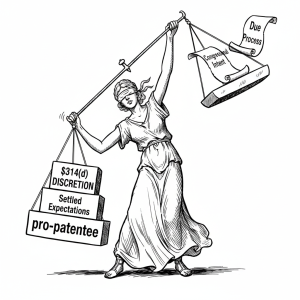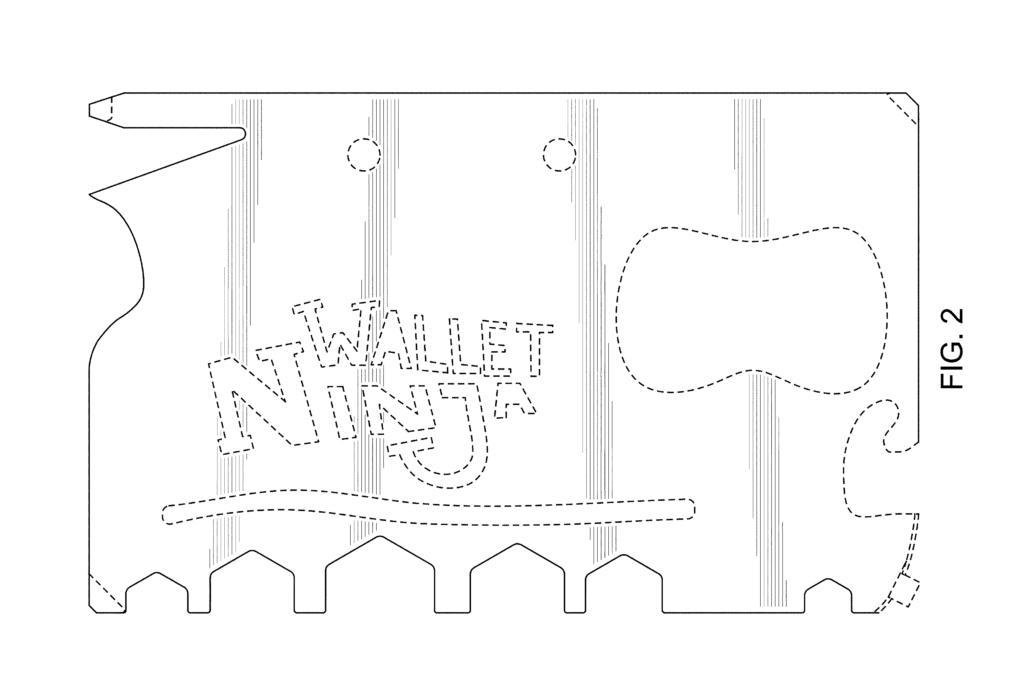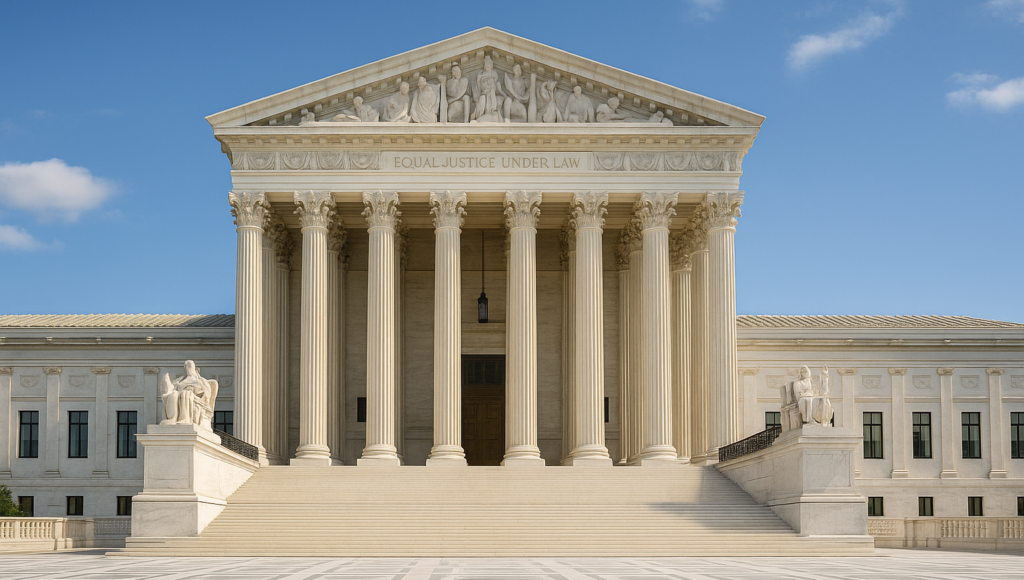by Dennis Crouch
In Rideshare Displays, Inc. v. Lyft, Inc., No. 2023-2033 (Fed. Cir. Sept. 29, 2025) (nonprecedential), the Federal Circuit affirmed the PTAB determination that claims directed to vehicle identification systems for ridesharing services were unpatentable for obviousness, but reversed the Board’s grant of Rideshare’s motion to amend substitute claims. Judge Hughes, writing for the panel, held that the substitute claims were directed to patent-ineligible subject matter under 35 U.S.C. § 101 because they merely used technology as a tool to improve user experience rather than improving computer functionality itself.
The patents at issue all share a common specification directed to systems and methods for vehicle identification that allow ridesharing app users to verify they are getting in the correct cars and drivers to confirm they are picking up the correct riders. U.S. Patent Nos. 9,892,637; 10,169,987; 10,395,525; 10,559,199; and 10,748,417. The systems work by having a driver’s device receive a notification signal that triggers an indicator visible from outside the car, such as a code or icon on a display. Lyft filed five petitions for inter partes review in November 2021, and the Board found all challenged claims unpatentable as obvious or anticipated over the prior art. Rideshare moved to amend claims in two of the proceedings, and the Board allowed several substitute claims, prompting Lyft’s cross-appeal challenging the amendments on patent eligibility, written description, and obviousness grounds.
In its decision, the court compared the claimed system to “hand-printed cards with names to help identify ride pickups at crowded locations, such as an airport,” finding that invoking computers and mobile devices to streamline human interactions does not transform an abstract idea into patent-eligible subject matter.
USPTO's Limited Authority Over Substantive Patent Law The USPTO lacks interpretive authority to construe substantive patent statutes including 35 U.S.C. §§ 101, 102, 103, and 112. The agency's internal guidance documents directing how patent examiners and even PTAB judges must apply these provisions receive no deference from reviewing courts. The Federal Circuit independently interprets these statutory provisions de novo, applying its own precedent rather than deferring to administrative interpretations. Here, for example, the court explicitly declined to follow the USPTO's 2019 eligibility guidance framework which I have previously noted tends toward being more pro-eligibility than court precedent.






